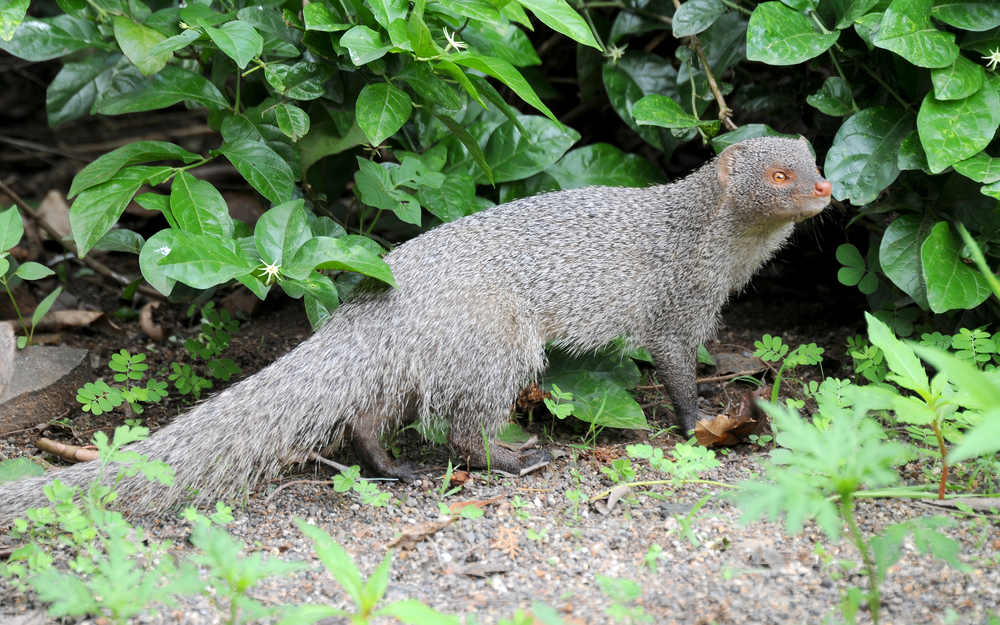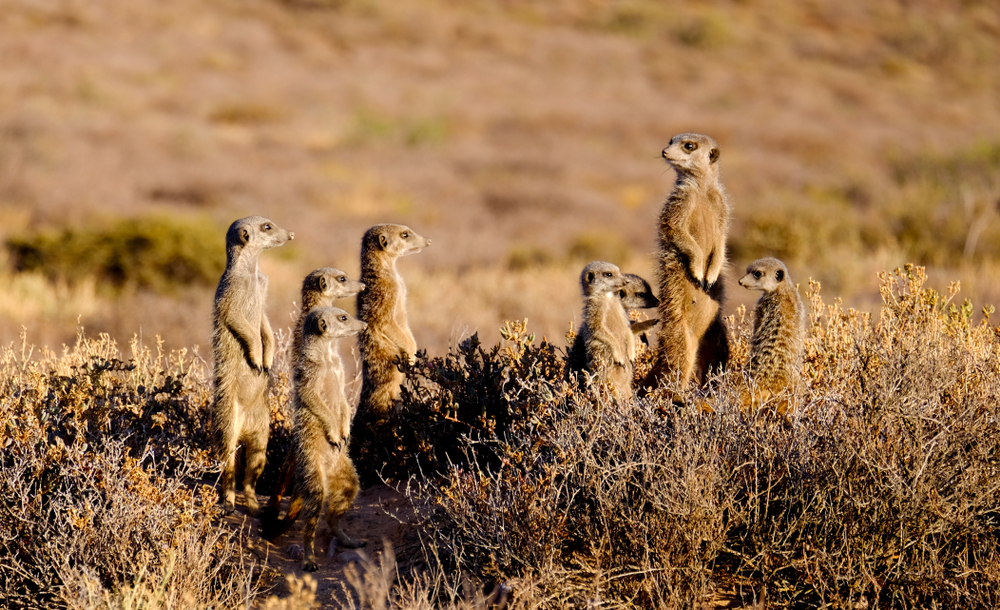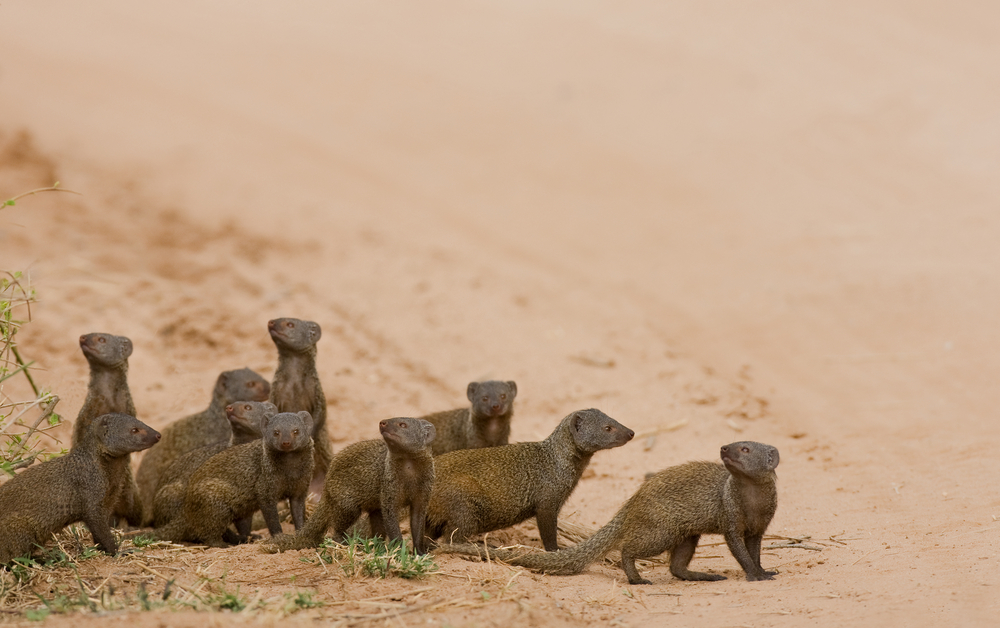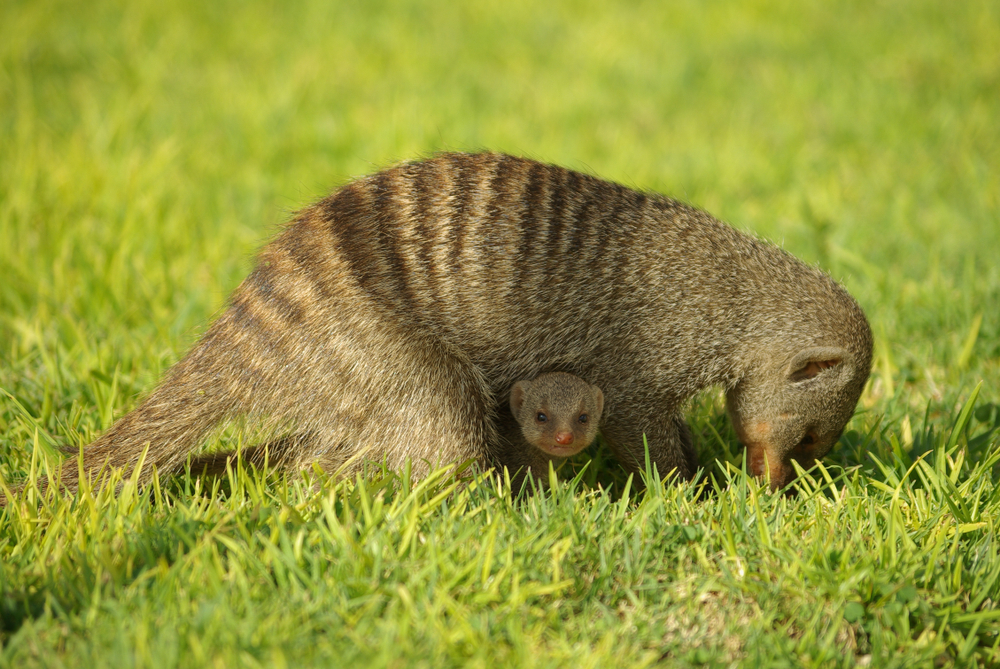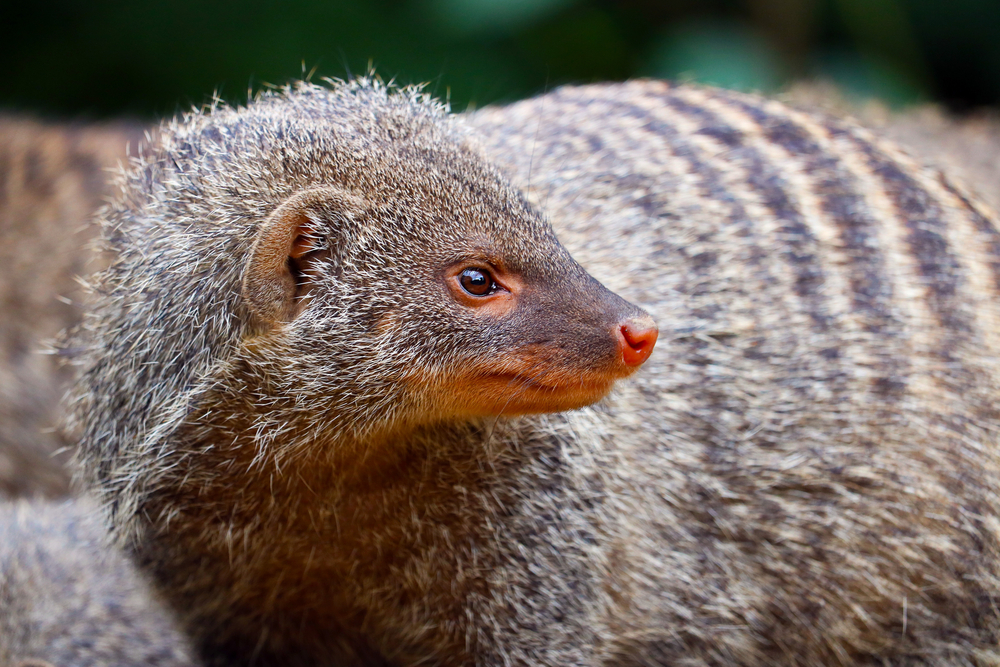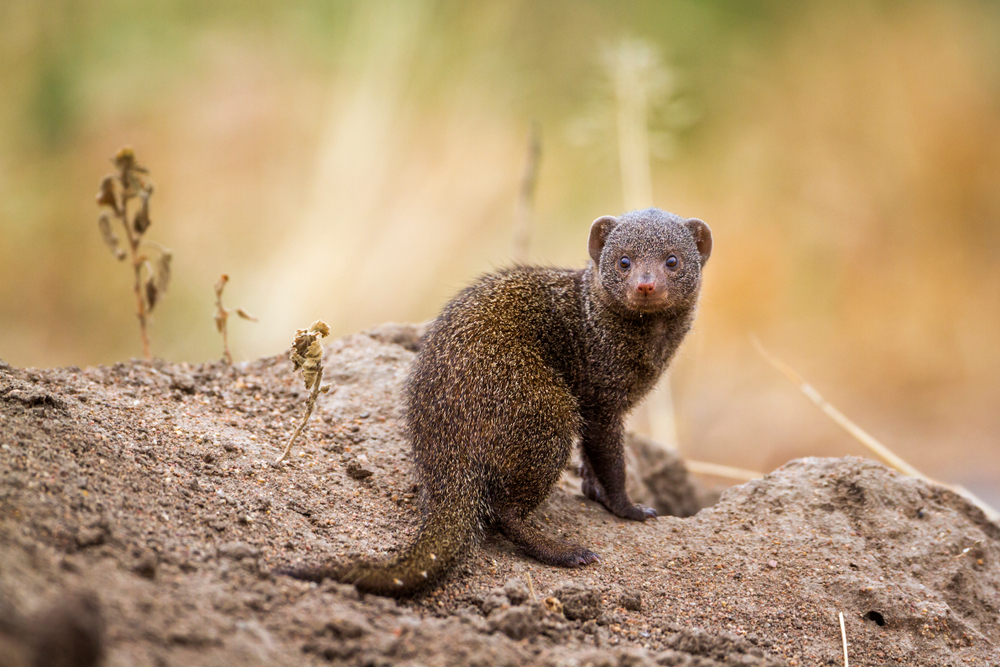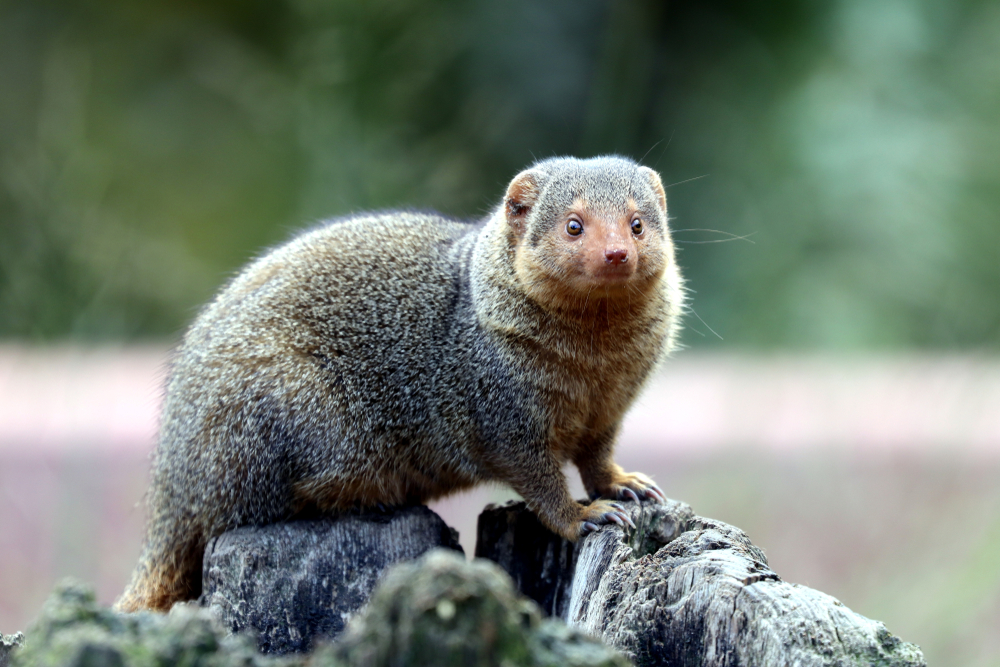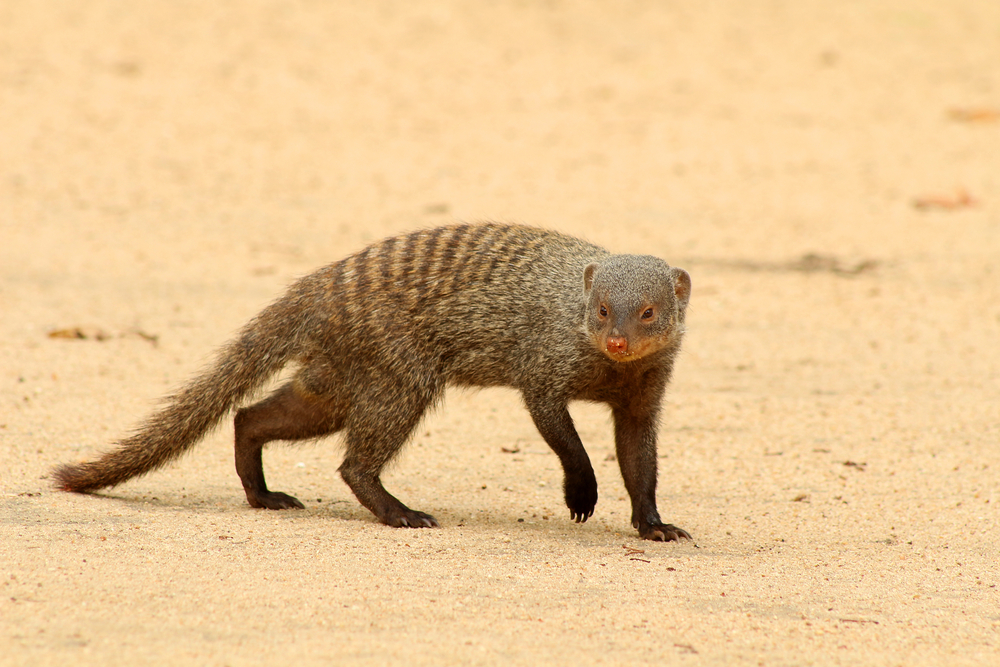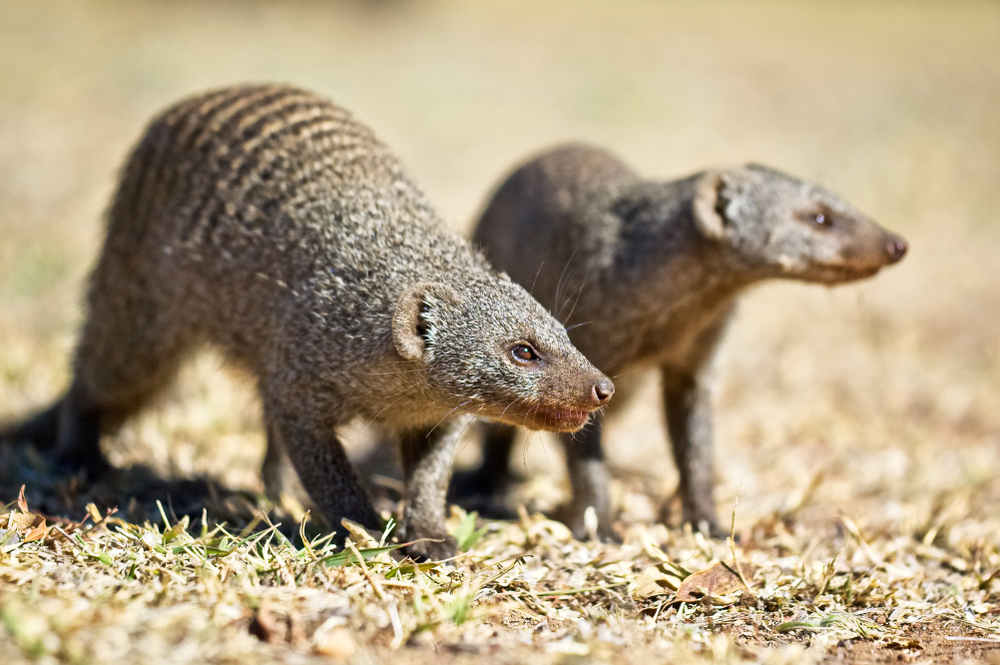Eating Habits
The mongoose is a small carnivorous mammal belonging to the family Herpestidae. Found in various parts of Africa, Asia, and Europe, mongooses are known for their agility, intelligence, and predatory skills.
Diet: Mongooses are primarily carnivorous and feed on a wide range of prey, including insects, rodents, reptiles, birds, and occasionally small mammals. Their diet may vary depending on the species and the availability of prey in their habitat.
Foraging Behavior: Mongooses are diurnal hunters, meaning they are most active during the day. They employ a combination of stalking, ambushing, and chasing techniques to capture their prey. Their agility and speed allow them to navigate through different types of terrain, including grasslands, forests, and rocky areas, in search of food.
Hunting Techniques: Mongooses use their keen sense of smell and sharp eyesight to detect prey. Once a potential target is spotted, they will stalk it stealthily, using cover to conceal their approach. Mongooses are opportunistic hunters and will seize any opportunity to catch prey, whether it’s a small insect or a larger rodent.
Prey Selection: The specific prey targeted by mongooses can vary based on factors such as their size, habitat, and hunting techniques. Smaller species of mongooses may primarily feed on insects, while larger species may target larger prey such as snakes, birds, or rodents.
Insectivorous Behavior: Many species of mongooses are highly insectivorous, with insects comprising a significant portion of their diet. They may feed on a variety of insects, including beetles, grasshoppers, crickets, and larvae, which they locate by flipping over debris or digging through soil.
Snake Predation: Mongooses are renowned for their ability to prey on venomous snakes, including cobras and vipers. They have evolved specialized techniques to avoid being bitten, such as agility, quick reflexes, and the ability to deliver rapid and precise bites to the snake’s head.
Scavenging: In addition to hunting live prey, mongooses are also scavengers and will feed on carrion when available. They may scavenge carcasses left behind by other predators or consume discarded food scraps near human settlements.
Social Hunting: Some species of mongooses, such as the banded mongoose, engage in cooperative hunting behavior. They live in social groups called troops and work together to locate, chase, and capture prey. This social hunting strategy increases their chances of success and allows them to tackle larger prey.
Impact on Ecosystem: Mongooses play a crucial role in controlling populations of insects, rodents, and snakes in their habitats. By preying on these animals, they help regulate ecosystem dynamics and maintain ecological balance.
Conservation Concerns: While many species of mongooses are not currently considered endangered, habitat loss, fragmentation, and human-wildlife conflict pose significant threats to their populations. Conservation efforts focused on habitat preservation, education, and mitigating human impacts are essential for ensuring the long-term survival of mongooses in the wild.



































































